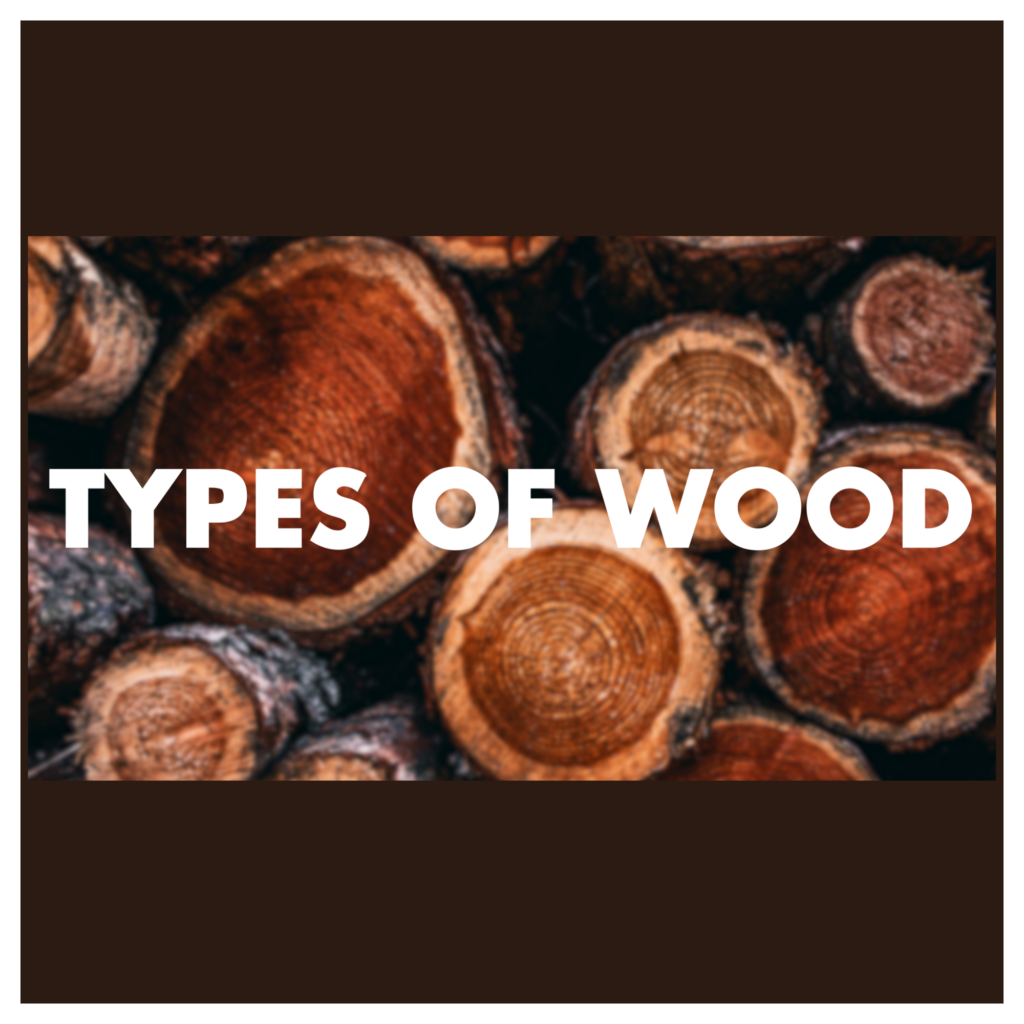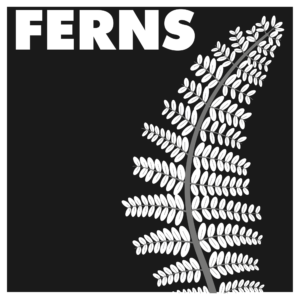VASCULAR CAMBIUM
- A type of meristem, lateral meristem to be precise (on the basis of its position). Vascular cambium is made up of actively dividing cells and is responsible for the formation of Secondary vascular tissues i.e. Secondary xylem and Secondary phloem.
- Vascular cambium forms Secondary xylem towards the inner side which is commonly referred as Wood.
TYPES OF WOOD
- Spring wood and Autumn wood/ Early wood and Late wood.
- Sap wood and Heart wood/ Alburnum and Duramen.
- Softwood and Hardwood / Porous and Non-porous wood.
DIFFERENCES
SPRING WOOD AND AUTUMN WOOD
| SPRING WOOD | AUTUMN WOOD |
|---|---|
| Formed during the spring season | Formed during the autumn season |
| Formed early in the year, thus called Early wood | Formed late in the year, thus called Late wood |
| Spring wood is lighter in color | Autumn wood is dark in color |
| Rings of spring wood are much thicker as the cambium is more active during the spring season and forms more xylary elements | Rings of autumn wood are relatively narrower as the vascular cambium is not as active during the autumn season |
| The vessel elements of spring wood have much wider lumen as more transpiration occurs during spring | The vessel elements of autumn wood have relatively narrow lumen as the amount of transpiration is less during autumn |
| The density of spring wood is less | The density of autumn wood is high |
| The transition from spring wood to autumn wood is slow | The transition from autumn wood to spring wood is fast |
NOTE:-
- Spring wood and Autumn wood rings are not distinct in trees growing in Tropical regions due to almost constant climatic conditions throughout the year.
- Spring wood and Autumn wood is absent in roots.
- One ring of Spring wood + One ring of Autumn wood= One Annual ring.
- Dendrochronology– Estimating age of trees by counting the number of annual rings.
SAPWOOD AND HEARTWOOD
SAPWOOD HEARTWOOD
Also known as Alburnum Also known as Duramen
Peripheral part of the wood Central part of the wood
Lighter in color Darker in color
Soft and not very durable due to the presence of living cells Hard and very durable due to various depositions and absence of living cells
Lumen of the vessel are unblocked as tyloses are not formed Lumen of the vessels are blocked by the extension of the xylem parenchyma into the vessel lumen called Tyloses or Tracheal plugs
Function- Conduction of the sap Function- Provides mechanical strength and microbial resistance
SOFTWOOD AND HARDWOOD
SOFT WOOD HARD WOOD
Formed in Gymnosperms Formed in Angiosperms
Tracheids and Xylem parenchyma are present but Vessels and Xylem fibres ar e absent All 4 xylary elements i.e. Tracheids, Vessels, Xylem fibres and Xylem parenchyma are present
Contains more living cells and is soft Contains more dead cells and thus is hard
Also known as non-porous wood due to absence of Vessels Also known as porous wood due to presence of Vessels
Also known as Homoxylous wood as only one type of conducting element i.e. Tracheid is present Also known as Heteroxylous wood as two types of conducting elements i.e. Tracheids and Vessels are present




